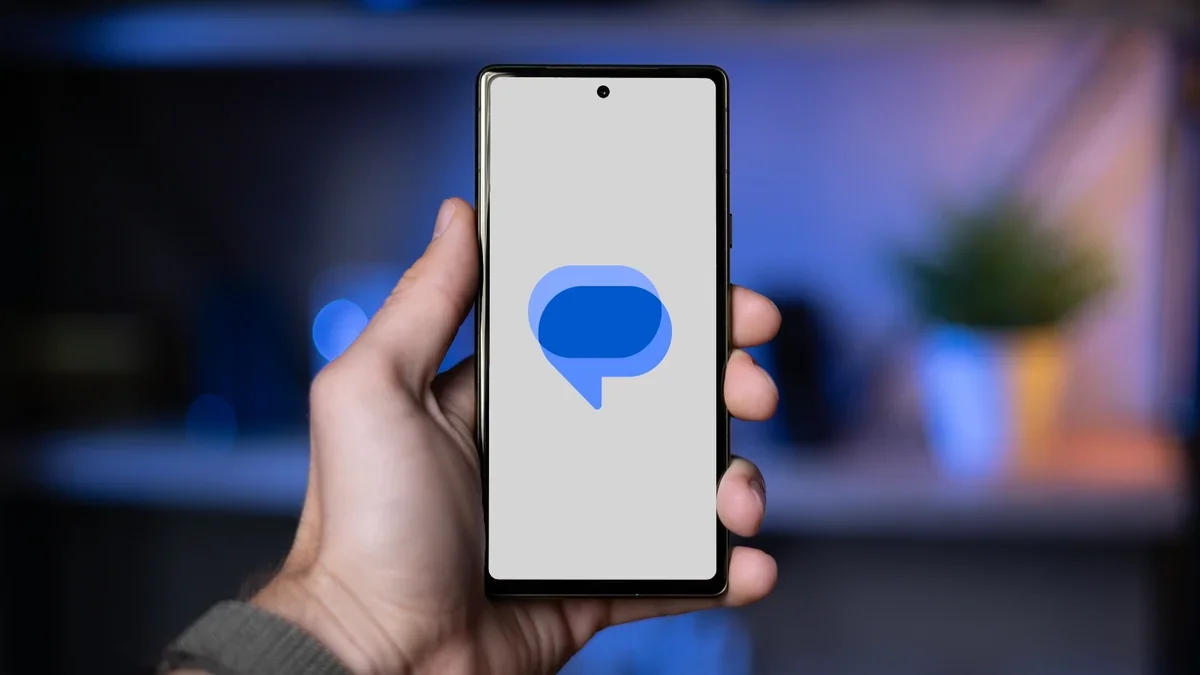As much as there is to love about Google’s Pixel lineup, it’s occasionally had more than its fair share of issues. Tensor’s performance remains lackluster, Google is only now fixing its lifeless photo colors with the Pixel 10 series, and — perhaps worst of all — the intermittent battery problem seems to have reared its head once again.
From Pixel 6 cellular drain to faulty batteries in some A-series models, battery woes have long been the Pixel’s Achilles’ heel. Yet Google is charging more than ever for phones that still can’t match key rivals in arguably the most important metric for everyday users.
In fact, last year’s Pixel 9 series outperforms the Pixel 10 in some of our battery tests. Crucially, the new models seem to fare worse in more demanding tasks like video calls and content capture, though they do score wins in web browsing and video playback. At best, battery life might average out to around the same as last year’s models, but that’s hardly convincing for phones touting larger batteries and more efficient processors.
Don’t want to miss the best from ?

To see exactly what the issue is, I dusted off my testing gear, grabbed the Pixel 10 Pro XL and its rival, the Galaxy S25 Ultra, and ran some low-level power drain tests. The results: Pixels can have higher power draw with poor cellular signal, but also that the Pixel 10 Pro XL fared worse than last year’s model in some scenarios. Whether you spend a lot of time on Wi-Fi versus in poor signal areas can significantly impact whether your Pixel 10 makes it through the day.
While it’s difficult to investigate every conceivable use case, this isn’t the only concerning sign. Gaming power draw can also spike significantly on the new model in ways we haven’t observed in the previous generation. Thankfully, it’s not a consistent issue in every game, but it’s another potential contributor to more uneven battery life than we’d like.
Looking at all the data I’ve collected, I’m not suggesting that the Pixel 10 series has terrible battery life. However, there’s a considerable level of inconsistency that appears to be worse than last year’s model. When those worst cases start overlapping, it’s easy to see how some users experience terrible battery life while others make it to the end of the day with far fewer problems.
How do you feel about battery life on the Pixel 10 series?
2040 votes
A history of hit-and-miss handsets

Joe Maring /
Unfortunately, this will sound all too familiar to Pixel fans. The series has long swung between adequate and disappointing battery life, often depending on who you ask — and what they were doing.
Early base models, with their sub-3,000 mAh cells, didn’t get Google off to a strong start, forcing power users toward the XL variants. The Pixel 4 — even the XL — was notorious for poor endurance, a problem the more modest Pixel 5 managed to fix. However, the Pixel 6 encountered major connectivity issues that likely only worsened its inconsistent battery life. The Pixel 8 and 9 fared better, yet here we are again with another uneven experience.
The Pixel 3, 4, and 6 all had dubious battery life as well.
At least early Pixels could justify their quirks with competitive and sometimes outright bargain prices. That’s no longer the case. The Pixel 6 launched at $599; the Pixel 10 now starts at $799. The top-tier Pro has jumped from $899 to $1,199. Yes, newer models offer more hardware, and there’s inflation to account for, but Google hasn’t ironed out many of the series’ same old problems. When you’re charging top-tier flagship prices, those flaws become much harder to forgive.
This brings me to my chief concern with the Pixel 10 series — it’s hard to know whether these phones will truly keep up with your needs. Many users will be fine, but others won’t be, especially those in areas with weak signal, who game on the go, or take a lot of video calls.
Pixel’s battery problems clearly haven’t gone away. In fact, we’re paying more than ever to endure them.
That’s bad enough, but longevity is perhaps an even bigger issue. Google’s Battery Health Assistant starts capping peak capacity after as few as 200 charge cycles — barely a year’s worth of use — to ensure the handset doesn’t combust in your pocket. That’s hardly a compelling sales pitch for any flagship smartphone. But even if the Pixel 10 avoids major problems out of the box, it’s likely to worsen well within the first year or so. This almost certainly means the phone will need a battery replacement, or possibly two, if you plan to keep it for its seven years of software support, adding further costs on top of the price tag.
I genuinely thought the Pixel lineup had put its battery woes behind it with the 8 and 9 series. But with inconsistent flagships and safety concerns still haunting its budget models, it’s clear those problems haven’t gone away. And now, we’re paying more than ever to live with them. When competitors offer better, longer-lasting performance for the same or less money, it’s hard to recommend Google’s latest phones without hesitation.
Thank you for being part of our community. Read our Comment Policy before posting.









